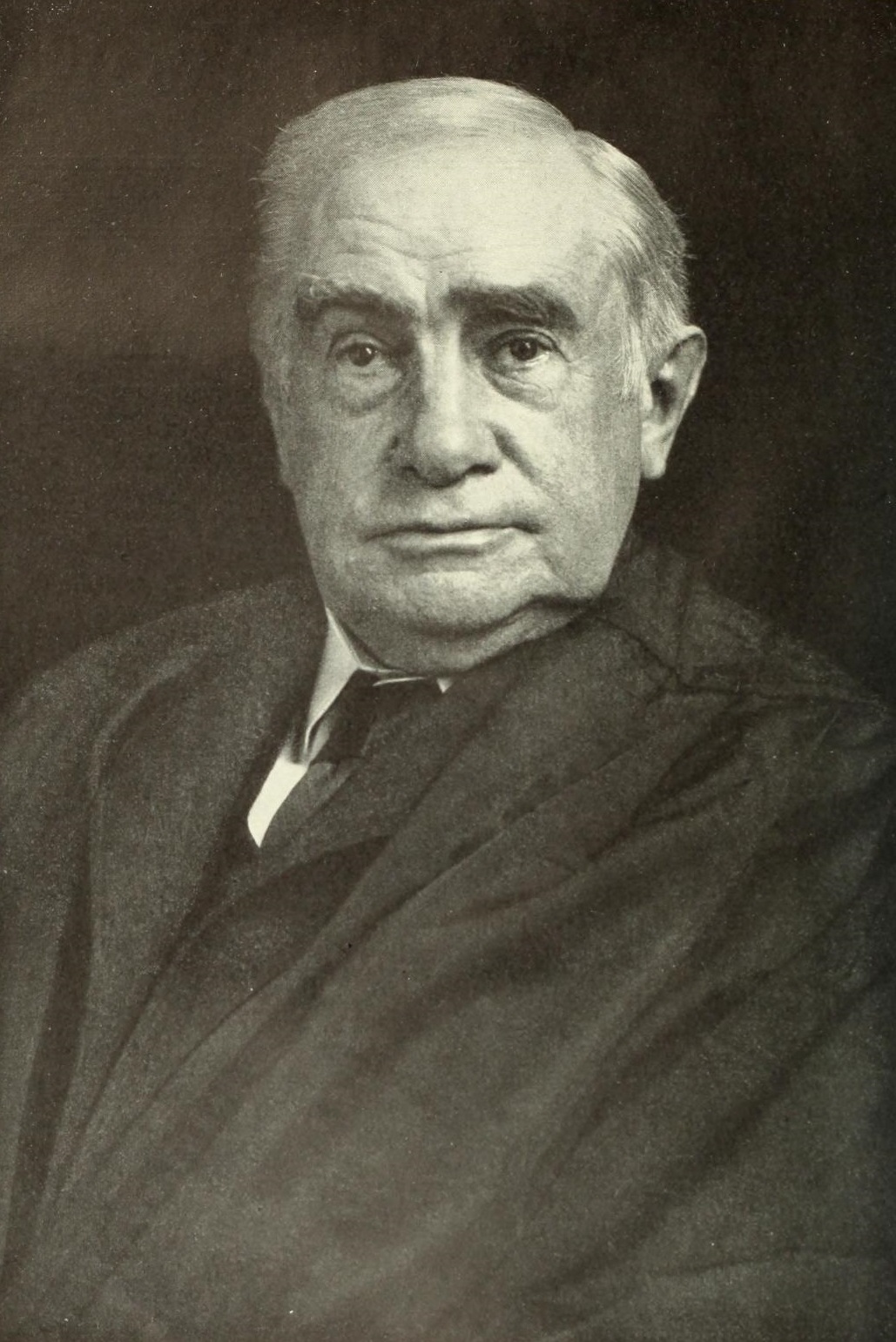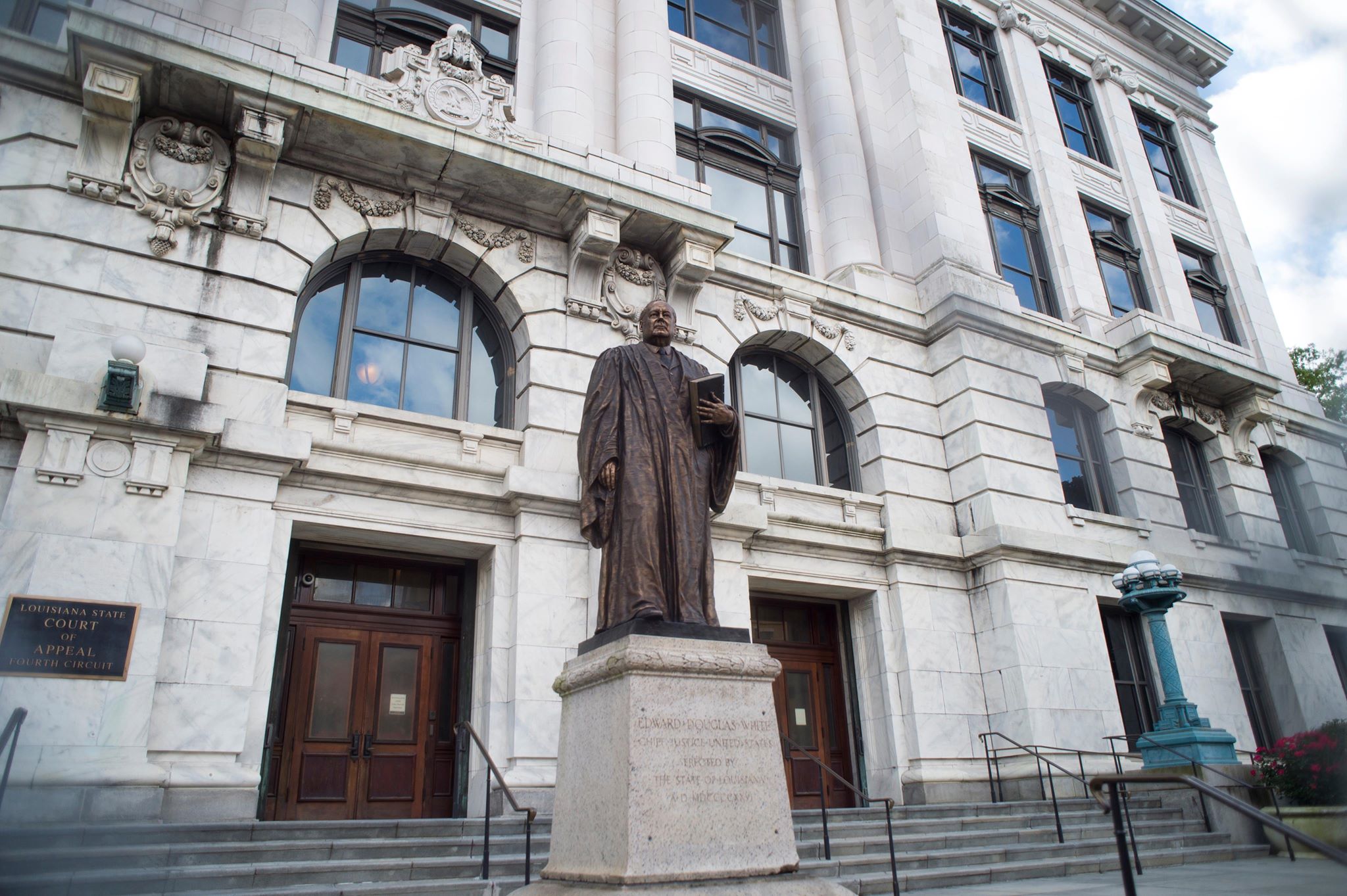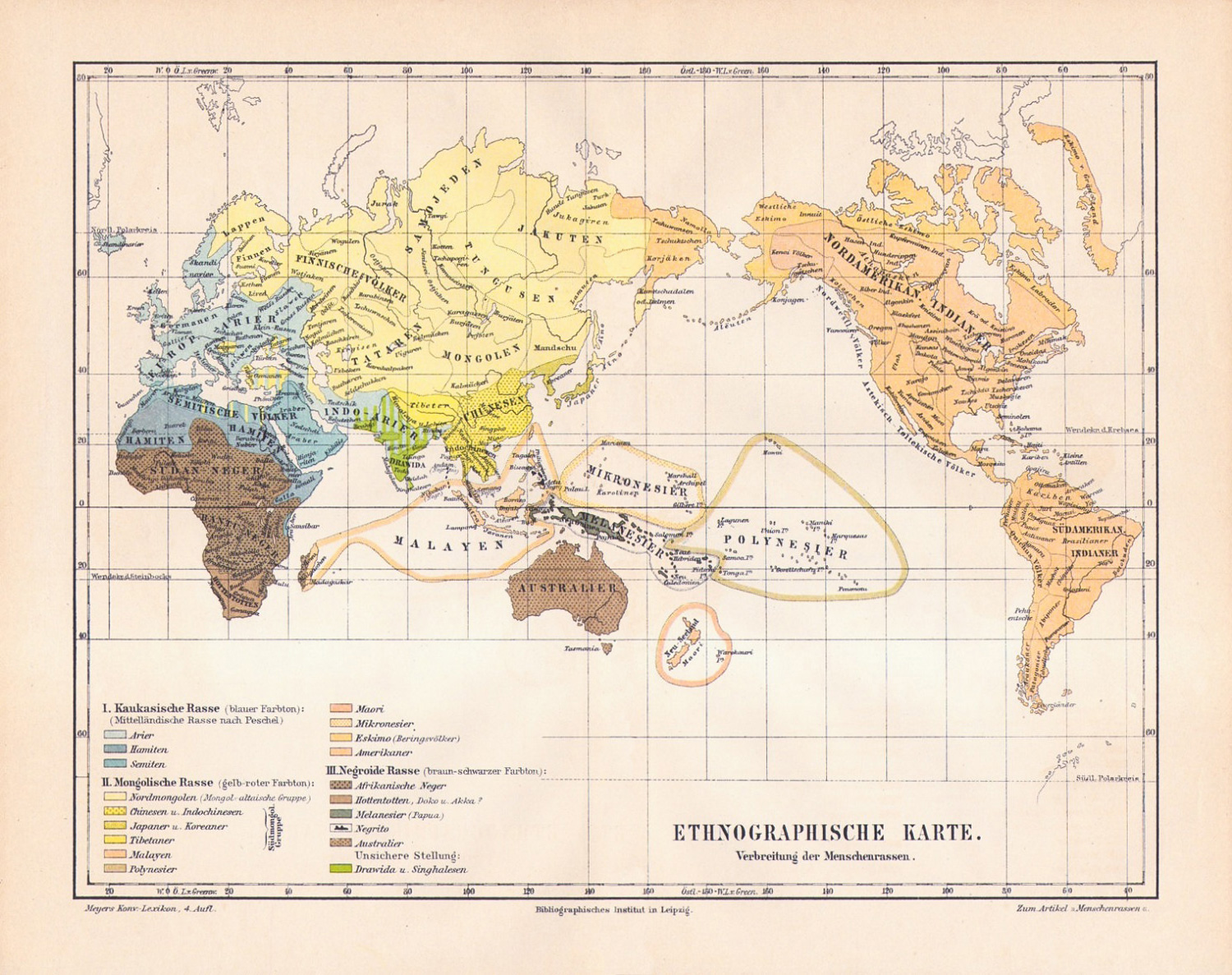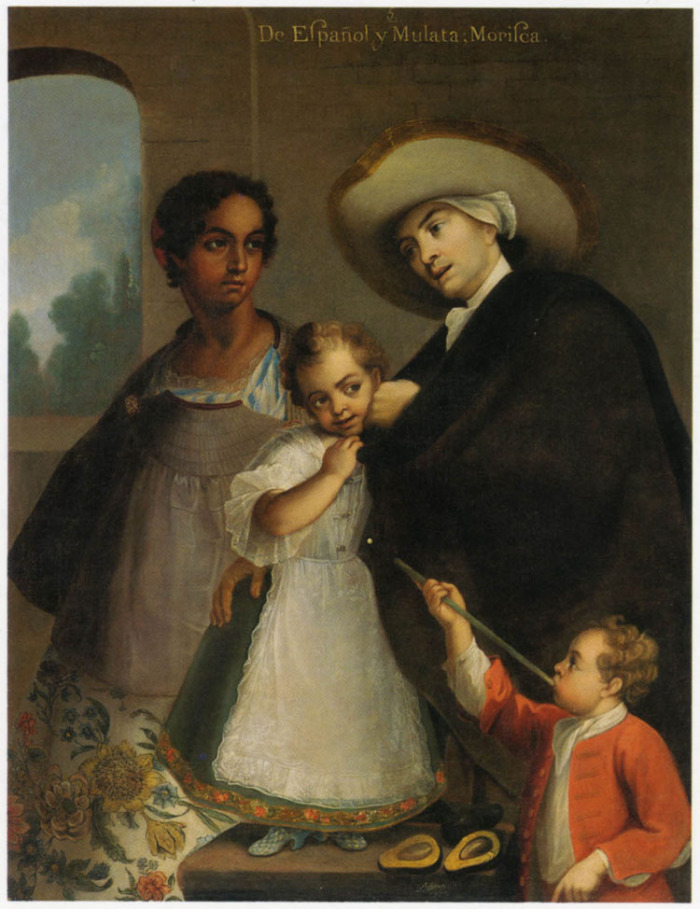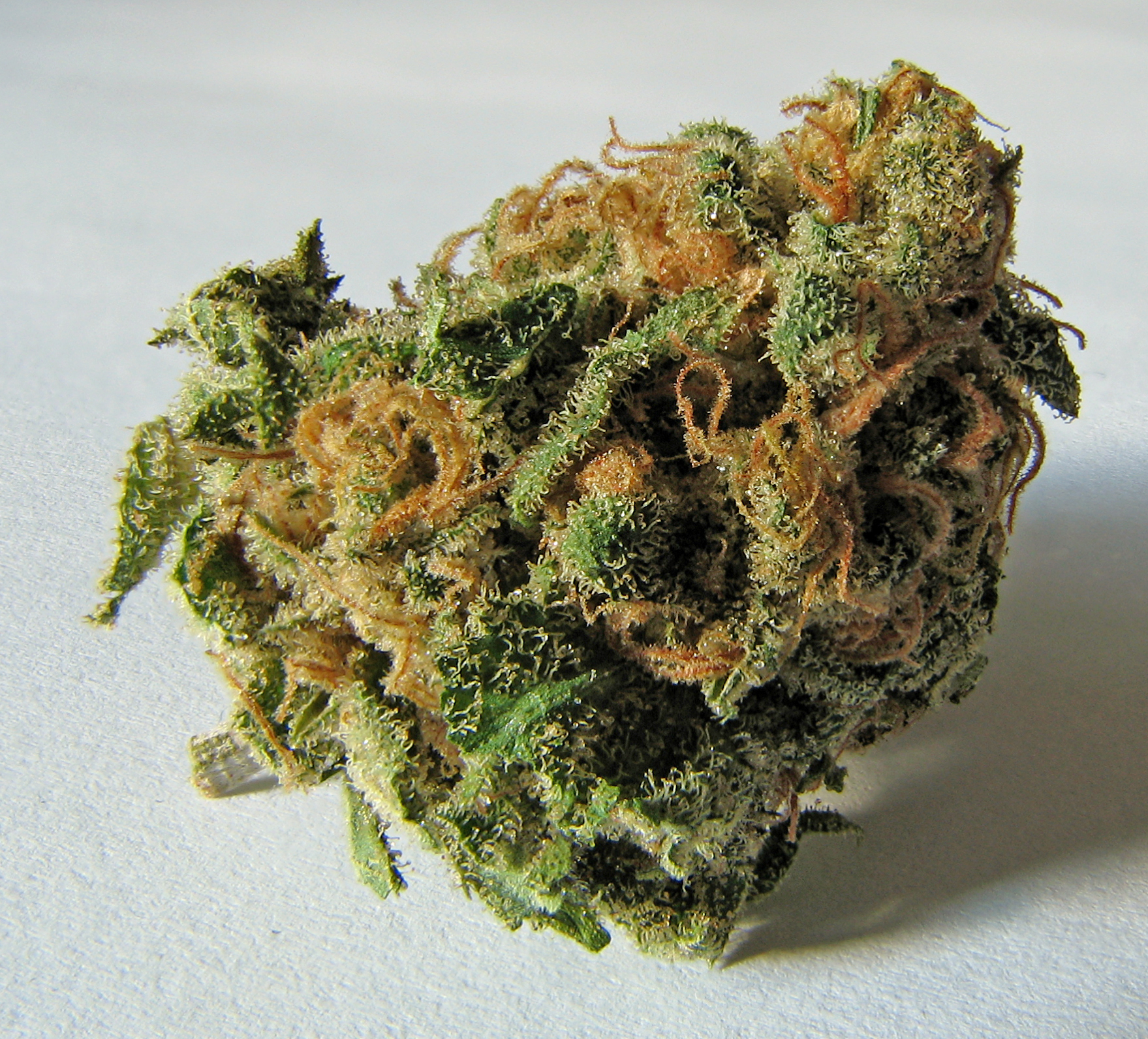|
Plessy V. Ferguson
''Plessy v. Ferguson'', 163 U.S. 537 (1896), was a landmark U.S. Supreme Court decision ruling that racial segregation laws did not violate the U.S. Constitution as long as the facilities for each race were equal in quality, a doctrine that came to be known as " separate but equal". The decision legitimized the many state "Jim Crow laws" re-establishing racial segregation that had been passed in the American South after the end of the Reconstruction era in 1877. Such legally enforced segregation in the South lasted into the 1960s. The underlying case began in 1892 when Homer Plessy, a mixed-race man, deliberately boarded a whites-only train car in New Orleans. By boarding the whites-only car, Plessy violated Louisiana's Separate Car Act of 1890, which required "equal, but separate" railroad accommodations for white and black passengers. Plessy was charged under the Act, and at his trial his lawyers argued that judge John Howard Ferguson should dismiss the charges on the gr ... [...More Info...] [...Related Items...] OR: [Wikipedia] [Google] [Baidu] |
Homer Plessy
Homer Adolph Plessy (born Homère Patris Plessy; 1858, 1862 or March 17, 1863 – March 1, 1925) was an American shoemaker and activist who was the plaintiff in the United States Supreme Court decision '' Plessy v. Ferguson''. He staged an act of civil disobedience to challenge one of Louisiana's racial segregation laws and bring a test case to force the U.S. Supreme Court to rule on the constitutionality of segregation laws. The Court decided against Plessy. The resulting "separate but equal" legal doctrine determined that state-mandated segregation did not violate the Fourteenth Amendment to the United States Constitution as long as the facilities provided for both black and white people were putatively "equal". The legal precedent set by ''Plessy v. Ferguson'' lasted into the mid-20th century, until a series of landmark Supreme Court decisions concerning segregation, beginning with ''Brown v. Board of Education'' in 1954. Plessy was born a free person of color in a family of Fr ... [...More Info...] [...Related Items...] OR: [Wikipedia] [Google] [Baidu] |
Louisiana Supreme Court
The Supreme Court of Louisiana (; ) is the supreme court, highest court and court of last resort in the U.S. state of Louisiana. The modern Supreme Court, composed of seven justices, meets in the French Quarter of New Orleans. The Supreme Court, and Louisiana state law, are historically based in the colonial governments of Early modern France, France and Spain during the 18th century. The current Supreme Court traces its roots back to these beginnings. French and Spanish colonial government Under the colonial governments of France and Spain, the courts of what is now Louisiana existed in several different forms. In 1712, a charter granted by France created a Superior Council with executive and judicial function which functioned as a court of last resort in both civil and criminal cases. In 1769, Louisiana (New France) became Louisiana (New Spain), and the Superior Council was replaced with the ''cabildo (council), Cabildo''. The colonial Governor held the power of final aut ... [...More Info...] [...Related Items...] OR: [Wikipedia] [Google] [Baidu] |
Race (human Categorization)
Race is a categorization of humans based on shared physical or social qualities into groups generally viewed as distinct within a given society. The term came into common usage during the 16th century, when it was used to refer to groups of various kinds, including those characterized by close kinship relations. By the 17th century, the term began to refer to physical ( phenotypical) traits, and then later to national affiliations. Modern science regards race as a social construct, an identity which is assigned based on rules made by society. While partly based on physical similarities within groups, race does not have an inherent physical or biological meaning. The concept of race is foundational to racism, the belief that humans can be divided based on the superiority of one race over another. Social conceptions and groupings of races have varied over time, often involving folk taxonomies that define essential types of individuals based on perceived traits. Modern scienti ... [...More Info...] [...Related Items...] OR: [Wikipedia] [Google] [Baidu] |
Covington, Louisiana
Covington is a city in and the parish seat of St. Tammany Parish, Louisiana, United States. The population was 11,564 at the 2020 United States census. It is located at a fork of the Bogue Falaya and the Tchefuncte River. Covington is part of the Slidell-Mandeville-Covington statistical area. History The earliest known settlement by Europeans in the area was in 1800 by Jacques Drieux, during the British West Florida period. In 1813, John Wharton Collins established a town with the name of Wharton. He is buried on the corner of the city cemetery directly across from the Covington Police Department. On March 11, 1816, the town of Wharton was renamed as Covington. There are conflicting stories about how the city came to be named Covington. Many historians believe the city was renamed for General Leonard Covington, a hero of the War of 1812. Covington was killed late in 1813, having established his home in the Mississippi Territory. Local historian Judge Steve Ellis floats ... [...More Info...] [...Related Items...] OR: [Wikipedia] [Google] [Baidu] |
East Louisiana Railroad
The East Louisiana Railroad (officially the East Louisiana Railroad Company), chartered in 1887, was a railroad in Louisiana and Mississippi, United States. It was formed to connect Pearl River, Louisiana, to Covington, Louisiana, and Lake Pontchartrain. The company played a key role in the 1896 case of '' Plessy v. Ferguson'' by arranging for Homer Plessy, a black man, to board a whites-only passenger car. In 1889, the company chartered trains to a boxing match between John L. Sullivan and Jake Kilrain. In 1905, it was merged into the New Orleans Great Northern Railroad. History The East Louisiana Railroad was chartered on July 8, 1887, with authorization to connect Pearl River and Covington, along with "such points or places in the states of Louisiana and Mississippi, as also to such points or places on Lake Pontchartrain as the board of directors ... may determine". In 1896, the East Louisiana Railroad worked with Homer Plessy, a Louisiana resident, to challenge L ... [...More Info...] [...Related Items...] OR: [Wikipedia] [Google] [Baidu] |
Test Case (law)
In case law, a test case is a lawsuit whose purpose is to establish an important legal principle or right and to set a precedent. Test cases are brought to court with the intention of challenging, interpreting, or receiving clarification on a present law, regulation, or constitutional principle. Government agencies sometimes bring test cases to confirm or expand their powers. The outcome of test cases has a wide public significance as it shapes future rulings. Examples Examples of influential test cases include: # '' Plessy v. Ferguson'' (1896) # '' Tennessee v. Scopes'' (1925) # '' United States v. One Book Called Ulysses'' (1933) # ''Brown v. Board of Education'' (1954) # '' Griswold v. Connecticut'' (1965) # '' Oneida Indian Nation of N.Y. State v. Oneida County'' (1974) # ''Adams v Cape Industries plc'' (1990) # '' Mabo v Queensland (No 2)'' (1992) # '' National Westminster Bank plc v Spectrum Plus Limited'' (2005) # '' District of Columbia v. Heller'' (2008) See also * Ca ... [...More Info...] [...Related Items...] OR: [Wikipedia] [Google] [Baidu] |
Octoroon
In the colonial societies of the Americas and Australia, a quadroon or quarteron (in the United Kingdom, the term quarter-caste is used) was a person with one-quarter African/ Aboriginal and three-quarters European ancestry. Similar classifications were octoroon for one-eighth black (Latin root ''octo-'', means "eight") and quintroon for one-sixteenth black. Governments of the time sometimes incorporated the terms in law, defining rights and restrictions. The use of such terminology is a characteristic of hypodescent, which is the practice within a society of assigning children of mixed unions to the ethnic group which the dominant group perceives as being subordinate. The racial designations refer specifically to the number of full-blooded African ancestors or equivalent, emphasizing the quantitative least, with quadroon signifying that a person has one-quarter black ancestry. Etymology The word ''quadroon'' was borrowed from the French ''quarteron'' and the Spanish ''cuarte ... [...More Info...] [...Related Items...] OR: [Wikipedia] [Google] [Baidu] |
Mixed Race
The term multiracial people refers to people who are mixed with two or more races and the term multi-ethnic people refers to people who are of more than one ethnicities. A variety of terms have been used both historically and presently for multiracial people in a variety of contexts, including ''multiethnic'', ''polyethnic'', occasionally ''bi-ethnic'', ''biracial'', ''mixed-race'', '' Métis'', '' Muwallad'', ''Melezi'', '' Coloured'', '' Dougla'', '' half-caste'', '' ʻafakasi'', ''mulatto'', ''mestizo'', '' mutt'', '' Melungeon'', '' quadroon'', '' octoroon'', '' griffe'', '' sacatra'', '' sambo/zambo'', '' Eurasian'', '' hapa'', '' hāfu'', '' Garifuna'', '' pardo'', and '' Gurans''. A number of these once-acceptable terms are now considered offensive, in addition to those that were initially coined for pejorative use. Individuals of multiracial backgrounds make up a significant portion of the population in many parts of the world. In North America, studies have found that ... [...More Info...] [...Related Items...] OR: [Wikipedia] [Google] [Baidu] |
Pelican Publishing Company
Pelican Publishing Company is a book publisher based in Elmwood, Louisiana, with a New Orleans postal address. - The address states "New Orleans, LA" but the physical location iin the Elmwood CDP It was acquired in 2019 by , a leading publisher of local and regional content in the |
Comité Des Citoyens
The (; ) was a civil rights group made up of African Americans, whites, and Creoles. It is most well known for its involvement in '' Plessy v. Ferguson''. The Citizens' Committee was opposed to racial segregation and was responsible for multiple demonstrations in which African Americans rode on the "white" cars of trains. A prominent member of the group was Louis A. Martinet, a politician, journalist, and lawyer who is credited with much of the thinking behind their legal strategy. History In 1890, the State of Louisiana passed the Separate Car Act, which required separate accommodations for Black and white people on railroads, including separate railroad cars. At the suggestion of Aristide Mary, a wealthy Creole landowner who was active in Louisiana's Reconstruction era politics, including running for governor in 1872, a group of 18 prominent black, creole of color, and white creole New Orleans residents met at the offices of ''The New Orleans Crusader'', a black Republic ... [...More Info...] [...Related Items...] OR: [Wikipedia] [Google] [Baidu] |
Louisiana Creole People
Louisiana Creoles (, , ) are a Louisiana French people, Louisiana French ethnic group descended from the inhabitants of colonial Louisiana (New France), Louisiana during the periods of French colonial empire, French and Spanish Empire, Spanish rule, before it became a part of the United States. They share cultural ties such as the traditional use of the Louisiana French language, French, Spanish language, Spanish, and Louisiana Creole, Creole languages, and predominantly practice Catholic Church, Catholicism. The term ''Créole'' was originally used by Louisiana French people, French Creoles to distinguish people born in Louisiana from those born elsewhere, thus drawing a distinction between Old-World Europeans (and Africans) and their descendants born in the New World.Kathe ManaganThe Term "Creole" in Louisiana : An Introduction, lameca.org. Retrieved December 5, 2013 [...More Info...] [...Related Items...] OR: [Wikipedia] [Google] [Baidu] |
Misdemeanor
A misdemeanor (American English, spelled misdemeanour elsewhere) is any "lesser" criminal act in some common law legal systems. Misdemeanors are generally punished less severely than more serious felonies, but theoretically more so than administrative infractions (also known as minor, petty, or summary offences) and regulatory offences. Typically, misdemeanors are punished with prison time of no longer than one year, monetary fines, or community service. Distinction between felonies and misdemeanors A misdemeanor is considered a crime of lesser seriousness, and a felony one of greater seriousness. The maximum punishment for a misdemeanor is less than that for a felony under the principle that the punishment should fit the crime. One standard for measurement is the degree to which a crime affects others or society. Measurements of the degree of seriousness of a crime have been developed. In the United States, the federal government generally considers a crime punishable ... [...More Info...] [...Related Items...] OR: [Wikipedia] [Google] [Baidu] |
